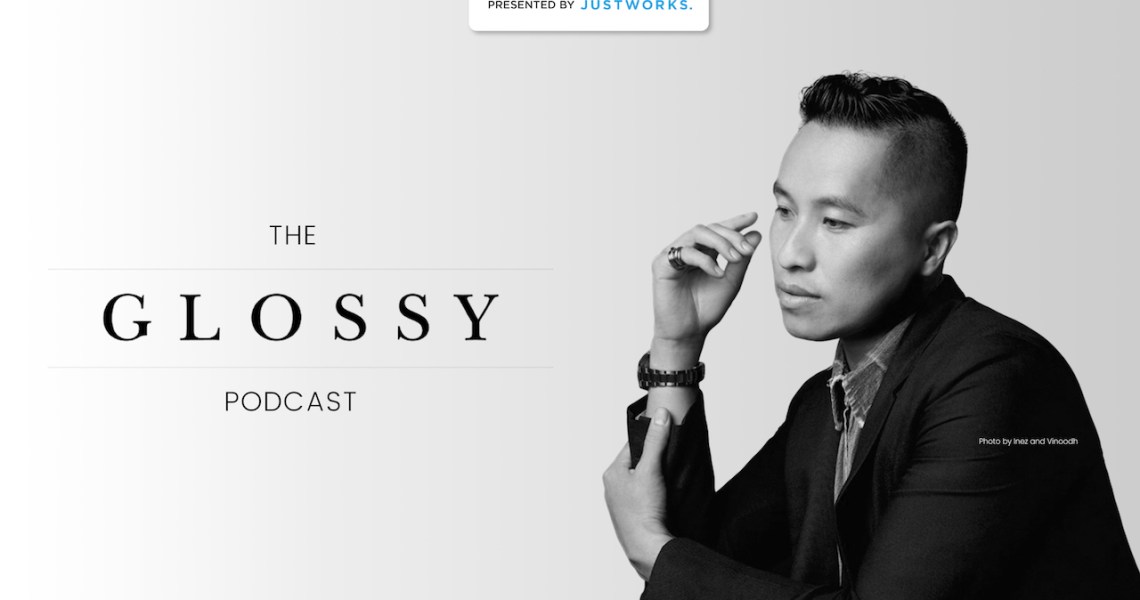Phillip Lim’s business is one of the last of its kind standing. “We’re one of the few brands left in New York City with an in-house atelier. All the clothes are made in-house,” he said, pointing to 3.1 Phillip Lim’s new headquarters in Brookfield Place.
Lim encourages interns to appreciate the rarity of seeing clothes go from drawing board to production line, all in one venue. “I’m, like, ‘OK, you guys have the privilege of sitting in the real masterclass here. Really learn from this, because it’s disappearing.’ Now everything is: ‘Pop-up, startup. Where did it come from? It doesn’t really matter, because we’re going to market the shit out of things.’ You can’t trace it back. But if you come to visit us, you can trace everything back.”
On this week’s Glossy Podcast, Lim talks about waste and sustainability in fashion, and why going fur-free doesn’t mean sacrificing luxury. Here are a few highlights from the conversation, lightly edited for clarity.
Why collaborating with a mass fashion retailer made sense:
“I’ve always been a proponent of using creativity to democratize fashion. And that’s how we started, basically. [Wen Zhou and I] were two friends that had big dreams, but didn’t have much means, and we wanted the best — and why shouldn’t we? And through creativity and some street smarts, we were able to build 3.1 Phillip Lim. When Target came along, it was the opportunity to take this philosophy and blow it up, because the audience for Target is everybody. It also happens to be my mom’s favorite store. It was kind of like, ‘Mom, I’m doing this for you!’ When I started, my mother was like, ‘What do you do, actually?’ Until she saw it in Target. Then it was, ‘OK, sweetie. I get what you do.'”
On establishing a work culture that fosters creativity:
“For us, it’s really like going back to a humble, natural approach, thinking the way we would in school. I would tap my schoolmate and say, ‘Let’s work together on something,’ and we’d keep it fun, and really push the boundaries of creativity to see what happened. Through this exercise, we’ve been able to build our tribe, a tribe of creatives. We get to not have so many professional mandates and come up with different points of views. And we share it with our customer.”
Working with Woolmark:
“We went fur-free and exotic skins-free, and we found that there was all this wool innovation out there that mimicked fur. So instead of having to kill the animal for their hide, it’s about taking the fibers by giving them a haircut and reweaving them into textiles. At the end of the day, the [fabric] is still cuddly, cute and beautiful, and quite luxurious, but it’s not fur. [And with Woolmark,] it’s not, ‘Let’s work together on a season.’ Instead, it’s a new [mindset] that will affect the actions we take in the future.”




